Colored trim with white vinyl windows???
lizzie_nh
12 years ago
Featured Answer
Sort by:Oldest
Comments (9)
danvirsse
12 years agoRelated Discussions
What white interior trim color for my white vinyl windows++
Comments (4)Did you mean BM white dove?? I am not sure I know the color white down, but if it IS White Dove. I think the difference will be insignificant if you use it but will have a warmer look depending on the lighting. I have White dove everywhere and my kitchen cabinets, in fact, are a stark white. I would never try to match the white, IMO I would always go a bit creamier or softer. I tell people that white dove is like a white with the 'bite' taken out of it and does not look yellow to me at all, just soft. In my darkest rooms, however, it does look a little more to the putty gray side in certain lights, nonetheless, still a white.Good luck...See Morewhite vinyl windows with existing cream trim?
Comments (3)Get bronze windows instead of white and you'll never have to worry about trim color working with the windows. If you're locked into white, then you are. I know that happens. But working with a white window is 1000 times more challenging than bronze and if you can avoid white vinyl, it's a good long-term plan....See MoreWhite vinyl windows look horrible with dark stained trim
Comments (21)Its not love of "all" wood. Its love of desireable high quality old growth wood that you generally find in old vintage houses. Not always, but usually. This is wood that was harvested from old growth forests that used to blanket north America up til the early 1900s - yellow pine, chestnut, oak, etc. This wood is vastly superior to the modern lumber of today - which because of growth accelerants is splintery and of poor quality. Old growth wood is very dense, hard as nails, and has a beautiful tight grain. Because wood was so plentiful then, they used the best and most beautiful knot-free pieces for floors and trim. If you doubt the value of old growth wood, look at prices in an architectural salvage place. If its "too dark" then its not the woods fault, its the old shellac which darkens over time. So then just remove it and put on a light finish. I hope this gives you some insight about why some of us are so passionate about this. No, painting is not the end of the world - if you do it over shellac as described above so that it is reversible. I would just ask "why," since OP didnt say he disliked the wood - it was the vinyl inserts that were the problem. i should have said in my reply that instead of spending time and money on paint or special custom shades you can get wood sash inserts that fit in an old window frame without removing the trim, so it looks pretty much like the original window. Lower cost too than yanking out and replacing entire window....See Moreworking with what I have..white vinyl windows, beige vinyl siding
Comments (16)Thanks, Celery! I was just working on that. Here is it is SW double latte. I'm wanting more cohesion, though. It just seems like two separate top/bottom houses with the light/dark and not getting tied together. Does that make sense? The only thing I can think of is painting the window trim in the darker color...but that just looks so dated. Soooo tricky, it seems....See Moreold_house_j_i_m
12 years agoeandhl
12 years agolizzie_nh
12 years agodainaadele
12 years agochibimimi
12 years agokarinl
12 years agoconcretenprimroses
12 years ago
Related Stories
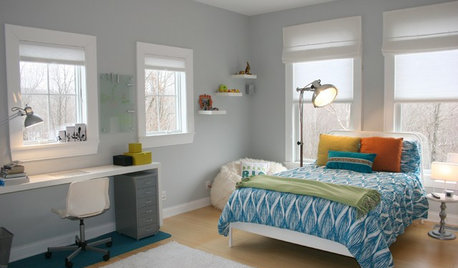
TRIMTrim Color Tips: Get Your White Trim Right
Set off wood tones, highlight architectural features, go minimalist ... white trim is anything but standard when you know how to use it
Full Story
COLORColor of the Year: Off-White Is On Trend for 2016
See why four paint brands have chosen a shade of white as their hot hue for the new year
Full Story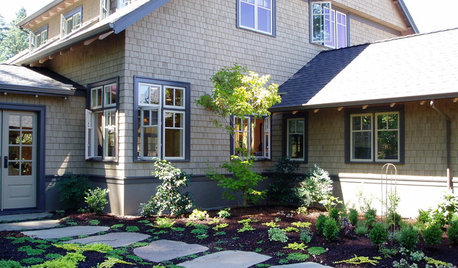
WINDOWSShould My Window Trim Match — or Contrast With — the Sash?
The short answer: It depends
Full Story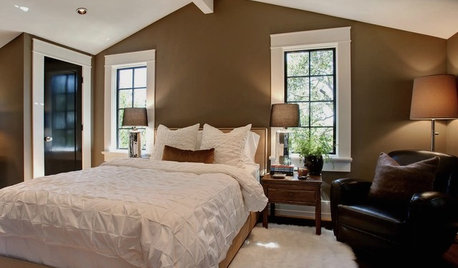
WHITE7 Reasons to Trim Your Home in White
White trim is multifunctional, and it can do amazing things
Full Story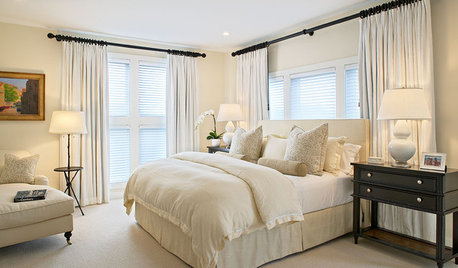
WHITEHow to Pick the Right White Paint
White is white, right? Not quite. See 8 white paint picks for 8 very different effects
Full Story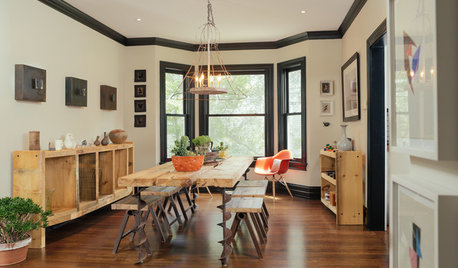
TRIMWhat Color Should You Paint Your Trim?
Learn the benefits of painting your trim white, black, neutral, a bold color and more
Full Story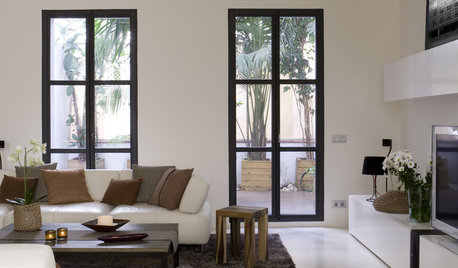
COLORWake Up Your Woodwork With Black
Strike a dramatic note with black window frames, shelves, stairs and more, making features stand out or blend in
Full Story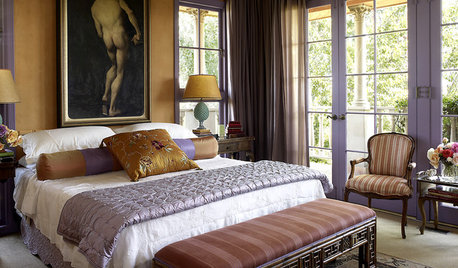
DECORATING GUIDESChoose an Unexpected Color for Your Trim
Go Beyond Glossy White Molding for a Room With Distinction
Full Story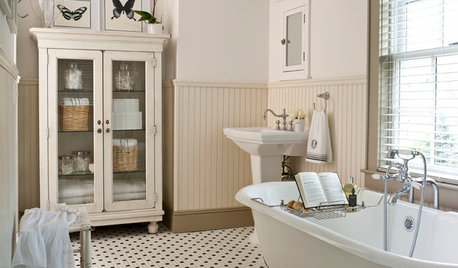
MOST POPULARMust-Try Color Combo: White With Warm Off-White
Avoid going too traditional and too clean by introducing an off-white palette that brings a touch of warmth and elegance
Full Story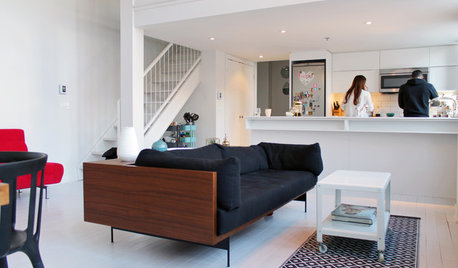
HOUZZ TOURSMy Houzz: Color Hits the Spot in a White-on-White Scheme
Bright red furniture strikes a dramatic pose against snowy walls and floors in a Montreal loft
Full Story






lizzie_nhOriginal Author